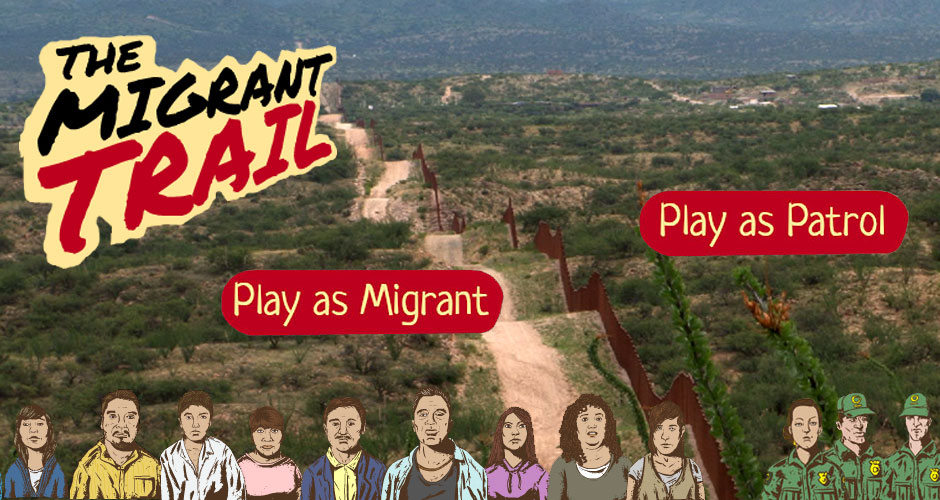As previously mentioned, I found this game to be a lot of fun and pretty challenging. These are excellent qualities to have in a game. It grabs the students' attention and makes them want to try "just one more time" about twenty more times. The best part is that it IS educational. Having played it so many times I believe that it helps to satisfy ESL Standard I.5-8.1 which states, "[s]tudents will listen, speak, read, and write in English for information and understanding."
 The Migrant Trail meets this standard because students will be able to learn vocabulary that they can use for their personal use. At the beginning of the game you choose a character to play with and then are taken to a shop where you buy supplies for the journey. Here, a student is able to learn words for items of clothing, food, and dollar amounts. These are all parts of English that a person would need in their day to day lives. As the game progresses, the immigrants are faced with various challenges from being bitten by a scorpion, to having a blister, to having heat stroke. While these may not be quite as common, this is still excellent terminology relating to health that could be useful for an ESL student to learn and understand.
The Migrant Trail meets this standard because students will be able to learn vocabulary that they can use for their personal use. At the beginning of the game you choose a character to play with and then are taken to a shop where you buy supplies for the journey. Here, a student is able to learn words for items of clothing, food, and dollar amounts. These are all parts of English that a person would need in their day to day lives. As the game progresses, the immigrants are faced with various challenges from being bitten by a scorpion, to having a blister, to having heat stroke. While these may not be quite as common, this is still excellent terminology relating to health that could be useful for an ESL student to learn and understand.After having students play this game I would have them get into groups and tell them that they are being sent to a deserted island and they have $150 to spend. I would then write an inventory on the whiteboard with a list of items and their prices and have them discuss together what they would purchase to take with them and why. After re-grouping as a class. Each group would have an opportunity to share with the class what they would purchase to take along with them and why.






